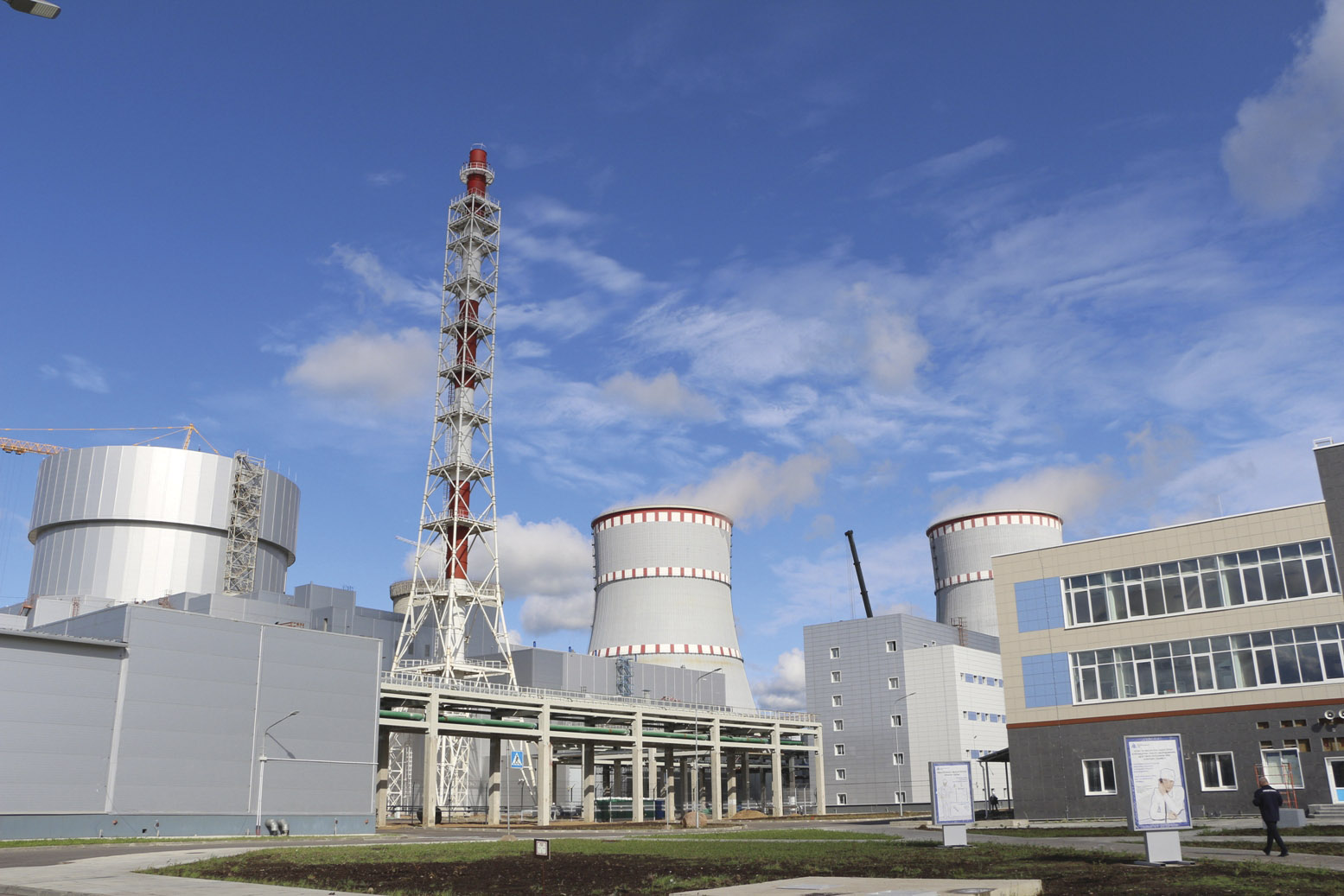Leningrad II-1 cuts cooling water usage by 15 percent

Leningrad:Unit II-1 has been credited with a nearly 15 percent decrease in cooling water usage at the plant. Photo: Rosatom
Using a VVER-1200 reactor for Leningrad II Unit 1 has resulted in a nearly 15 percent reduction in cooling water usage at the Leningrad nuclear power plant, according to Rosatom, Russia’s state atomic energy corporation. “The design features of the new power units can significantly reduce the amount of water consumed by a nuclear power plant from natural reservoirs,” said Vladimir Pereguda, director of the plant. He credited the replacing of RBMK-1000 units with VVER-1200 ones for a decrease of 730.7 million cubic meters of seawater withdrawn from Kopory Bay, a 14.8 percent drop in 2019 compared to 2018. Kopory Bay is located in the southern part of the Gulf of Finland on the Baltic Sea. “We will continue to observe such indicators to reduce the environmental impact, since the Leningrad [plant] is gradually replacing RBMK-1000 units with VVER-1200 units,” Pereguda added.


